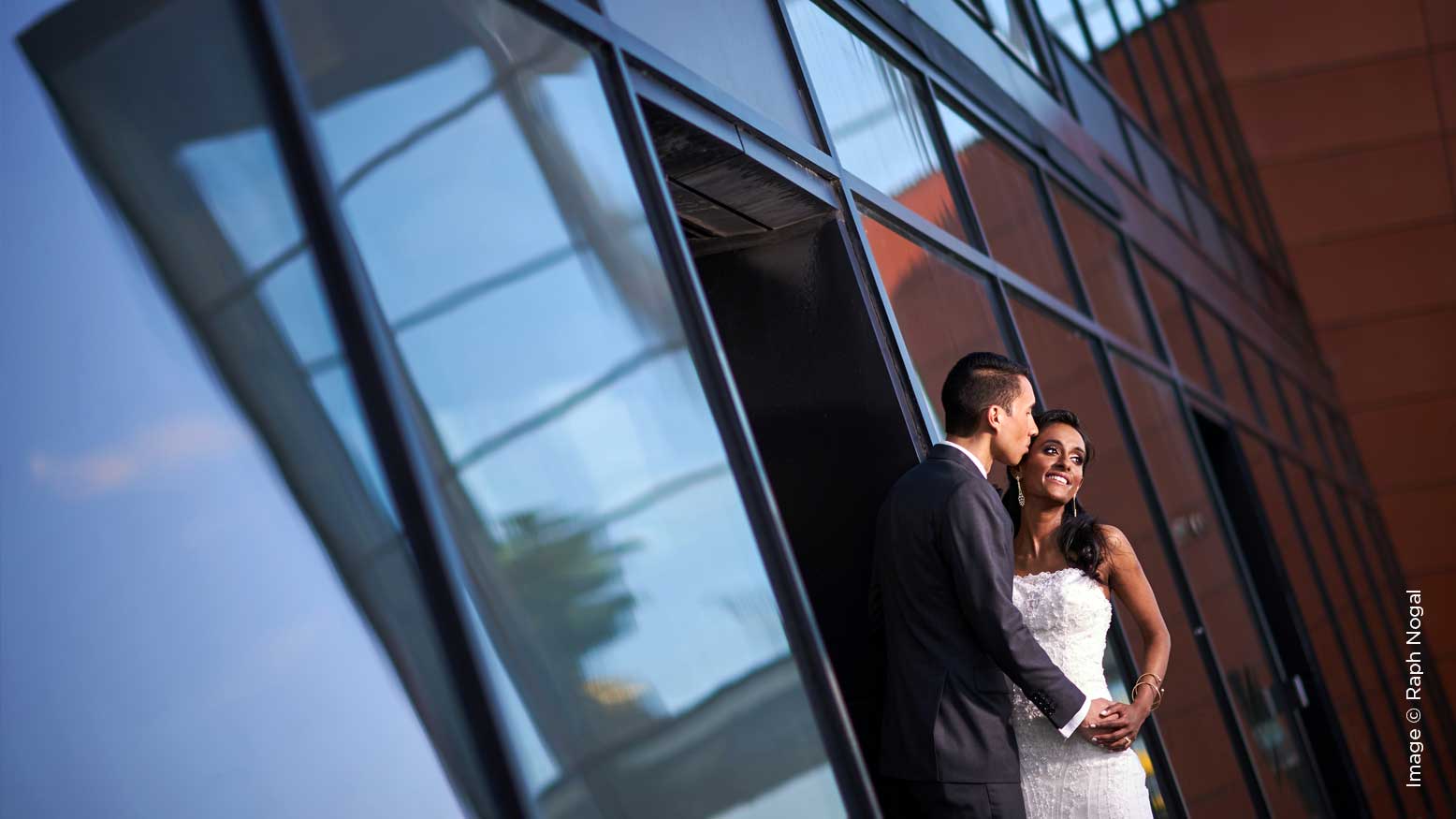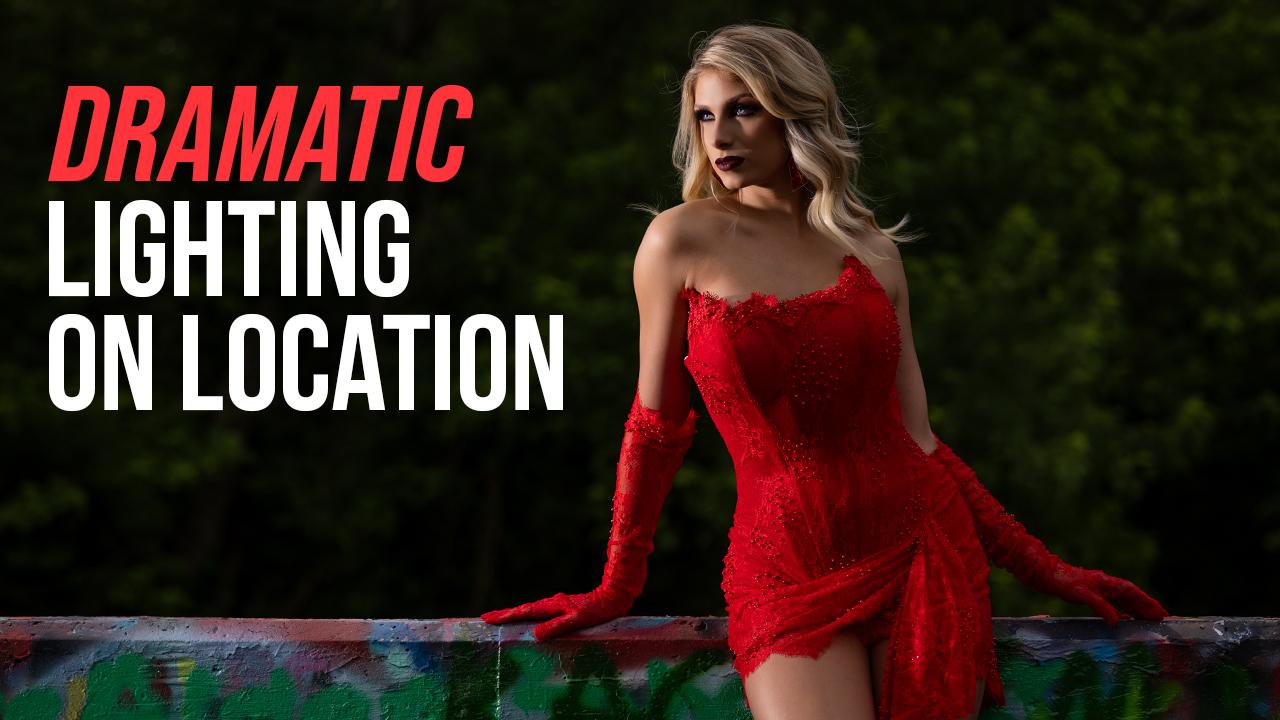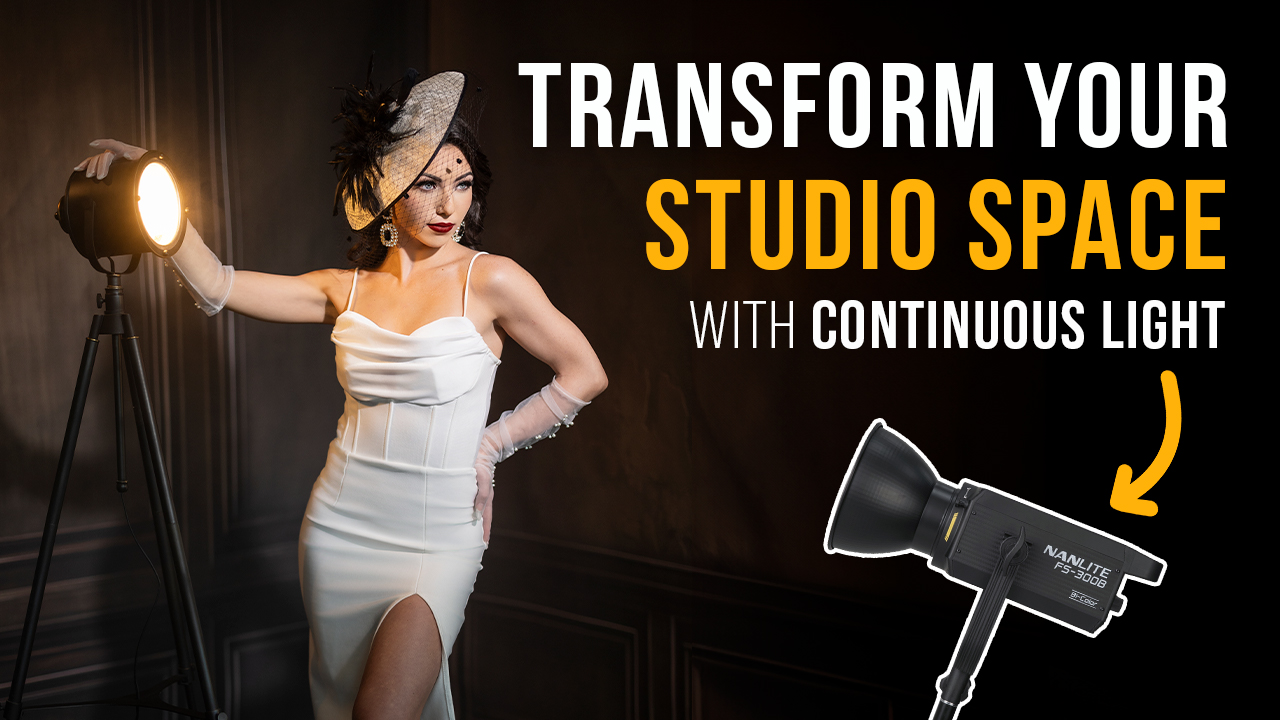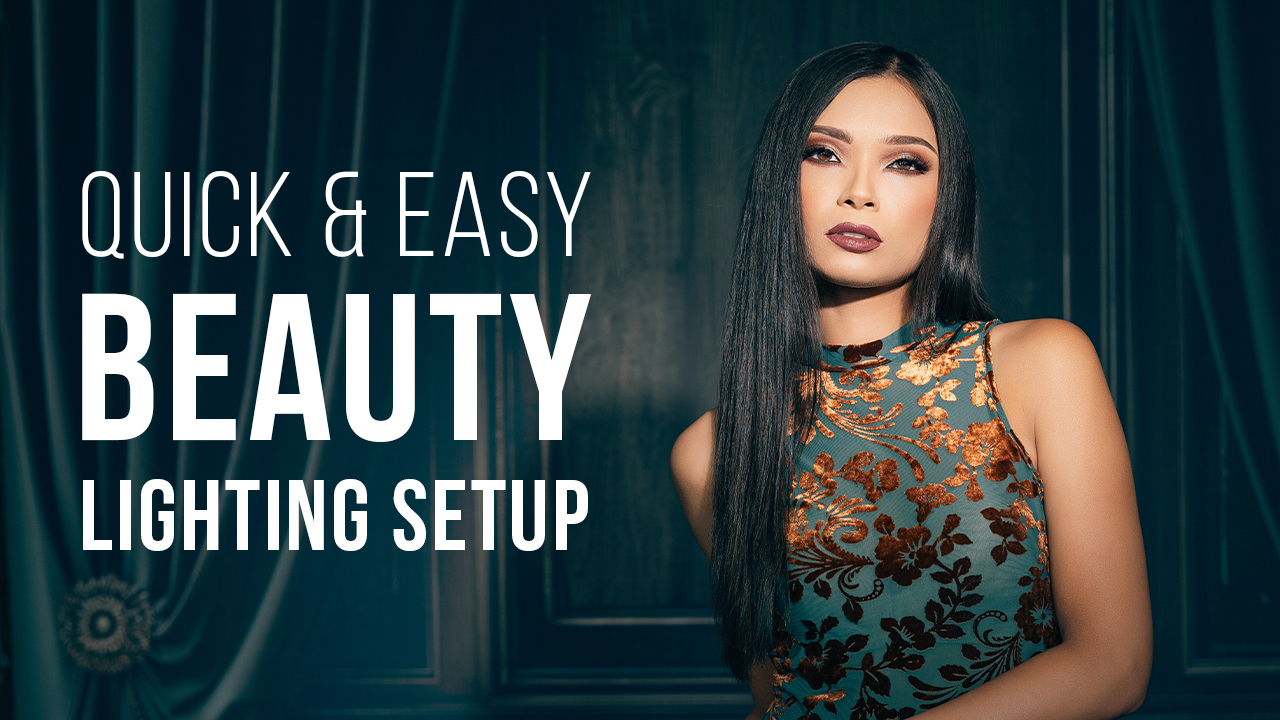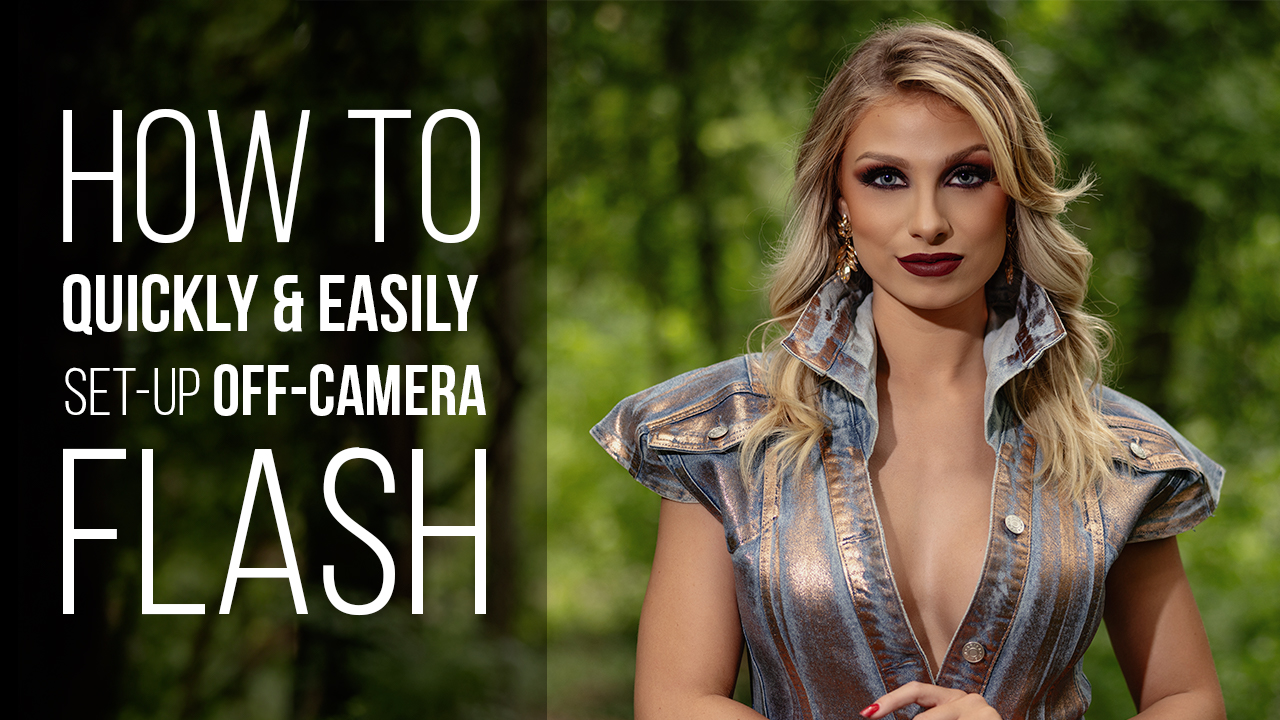Hit Hard With Hard Light with Raph Nogal
I hate softboxes. They’re cumbersome to set up, they’re bulky and they eat up a lot of light. There’s a time and a place for them, but I just don’t use them. I can’t be fiddling with a softbox outdoors on a wedding day, where I have no time or patience and need to create magic for my clients, fast. So how do you make sure the light on your subjects matches the light around them? This is something too many photographers don’t think about.
Let’s say we are working outdoors at 2:00 in the afternoon. It’s bright out. There are no clouds to be found. Looking down, the shadows appear sharp and hard. So why would you use a softbox to put beautiful, pillowy light on your subjects? One answer is to grab a Profoto Magnum reflector and start shooting.
The Magnum reflector is one of my favorite modifiers because it gives me beautiful hard light. It’s only 8 inches in diameter, it mounts to a Profoto B1X in seconds and adds an additional two stops of light. This is my go-to. I love a lot of drama in my images, and hard light gives it to me. I learned early on to embrace hard contrast and vibrancy, and it has morphed into my style.
Hard light is misunderstood. It’s the black sheep of the herd. One of the best ways to embrace hard light is to simply try it. It can be challenging because it’s less forgiving than soft light. Here are some tips to get you started.
Ask yourself these questions when considering using hard light:
1. Is this the look you are going for (contrasty, punchy)?
2. Will the hard keylight match the light around your subjects?
3. Will it flatter your subjects?
There is one other thing that either makes or breaks a shot when using hard light: the position of the light. I like to photograph on the short side of the face with hard light. But point the light too high or too low, and that shadow on the nose can creep up and ruin your shot.
Always look at the position of the light. One easy way to check the position (if you are in an environment that is not too bright) is to either take a test shot or use a modeling light, like on the Profoto B1X or A1.
Embrace the hard light and have fun with it.

